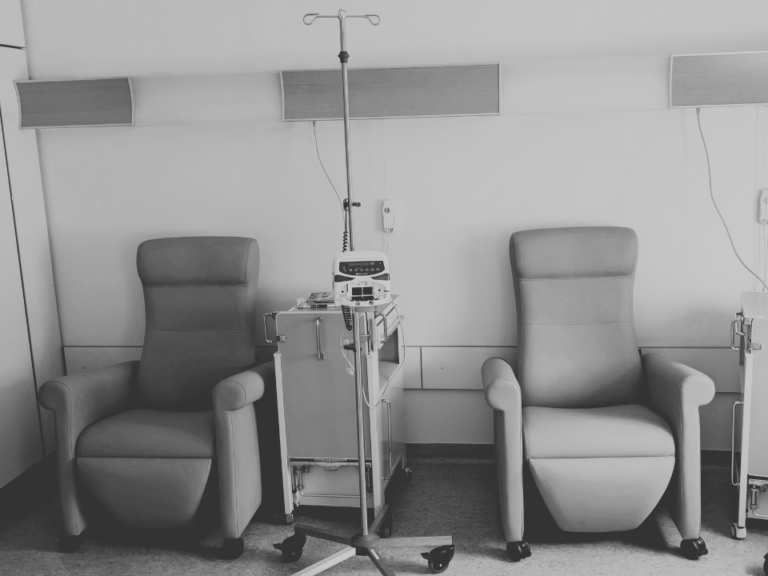AMG 193, an MTA-cooperative PRMT5 inhibitor, demonstrated responses across patients with MTAP-deleted solid tumors, as well as an acceptable safety profile, according to first-in-human results of a dose-exploration/dose-expansion phase I study (NCT05094336) that were presented at the 2024 ESMO Congress.
To access this subscriber-only content please log in or subscribe.
If your institution has a site license, log in with IP-login or register for a sponsored account.*
*Not all site licenses are enrolled in sponsored accounts.
Login Subscribe
If your institution has a site license, log in with IP-login or register for a sponsored account.*
*Not all site licenses are enrolled in sponsored accounts.
Login Subscribe









